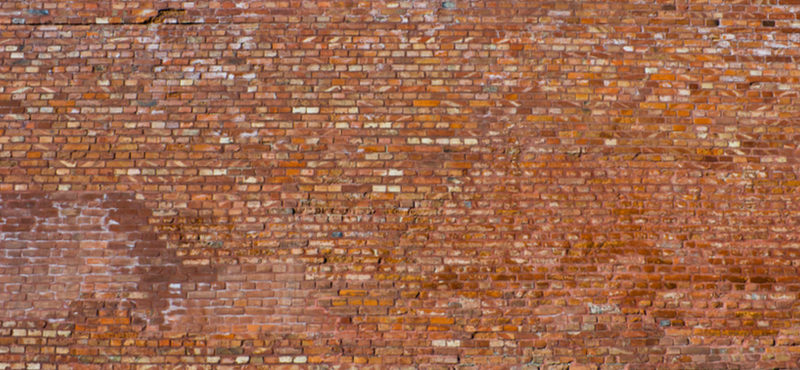We know brick as a durable and long-lasting construction material. But even so, aging can take a toll on it. As such, regular maintenance and annual inspection can be handy in lengthening the lifespan of brick blocks. In some cases, the bricks can be neglected and are left to age. ‘Cause of that, they experience structural compromise among other impacts. That being said, the following are reasons why you shouldn’t let brick age:
Brick Deterioration
Undoubtedly, an aging brick will experience severe deterioration. Therefore, take your time during an inspection to identify deteriorating bricks. The common signs include spalling or cracking. And these conditions are a result of:
- Excess Moisture
Naturally, bricks take in moisture and release it to prevent structural compromise. However, due to aging, it may absorb more moisture than normal. In some cases, the bricks absorb excess moisture due to poor installation of gutters. As such, the brick wall receives water directly from the roof leading to corrosion.
- Foundation settling
Over time, the foundation may begin to settle, as a result, more pressure is exerted on the bricks. And if you don’t fix the issues, you’ll start noticing developments of cracks across your brick wall.
- Harder repointing mortar
There’s a level of flexibility that you need your mortar to exhibit. And that’s because bricks do not maintain their shape and size throughout. After several years, the brick may absorb water and expand. With no room to expand due to hard mortar, it starts to spall and crack.
Mortar Deterioration
If your brick house begins to age, expect mortar deterioration, especially if you’ve not been maintaining it. Moisture happens to be the major cause of mortar deterioration. But besides that, other causes include wind erosion and moisture buildup.
Depending on the age of the structure, the extent of damage can be minimal or severe. But mostly, aging bricks have a greater extent of mortar deterioration than those in structures built recently. If you notice this effect, call a mason to come and fix it. They can repoint it and restore its structural integrity.
Brick Erosion
Believe it or not, bricks experience erosion when they age. And that’s because aging makes the brick soft, and when the elements work on it, it begins to wear. Also, time can lead to the loss of the bricks’ protective layer. With no one replacing it, the soft inner surface of the bricks begins to wear due to scorching weather.
Structural Failures
As you would expect, aging leads to a loss of structural integrity. And it gets worse if no one bothers to repair it. The common signs of structural failures over time are collapsing bricks, and outwards or inward bowing bricks. During repair, the best way to salvage the situation is to solve the source of the problem fast.
Powdery Substance on the Brick
While it can occur on aging bricks, this problem is common among the recent bricks. The powdery substance is white salts that build up because of excess moisture. Fortunately, this doesn’t affect ancient brick buildings that came before 1920. During those days, there was no cement, which now contributes to the salt in the bricks.
Brick Molds
Over time, dirt may build up on the bricks. And that creates a growing medium for mold If left untreated, the mold can develop and tamper with the bricks’ structural integrity.
Getting Started
Lastly, bricks are only durable when they’re in great shape because of maintenance. However, when you neglect them and leave them to age, they can experience any of the above damage. And if the damage persists further, it can lead to structural compromise and a major cost of repair.
Therefore, to protect your brick from aging and allow it to last for many years, call a mason. Turnbull Masonry in this case will be of great help. They’ll help you with the regular inspection and repair of aging mortar and bricks.

